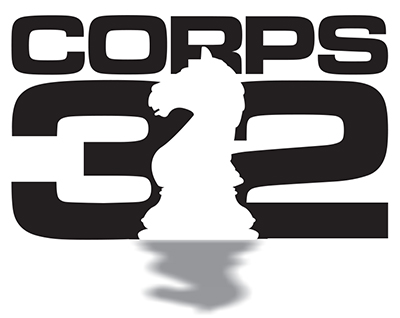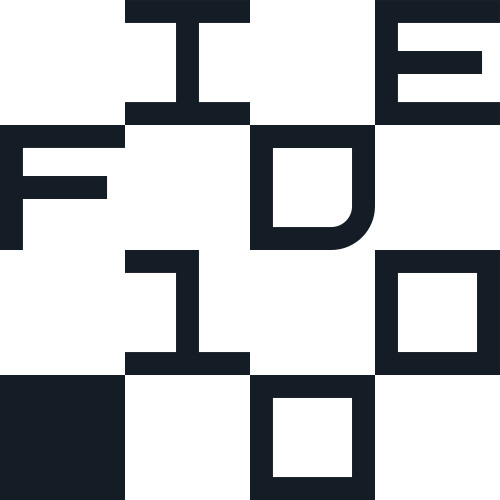In the final match games, both losing sides received one more heavy blow. Jan Timman once again couldn’t cope with Baadur Jobava’s experimental play, and Alexey Shirov was again ‘plugged’ by Anish Giri.
Giri - Shirov
1.e4 c5 2.Nf3 Nc6 3.d4 cxd4 4.Nxd4 Nf6 5.Nc3 e5 6.Ndb5 d6 7.Bg5 a6 8.Na3 b5 9.Nd5 Be7 10.Bxf6 Bxf6 11.c3 Bg5 12.Nc2 0–0
This moves is mostly avoided nowadays and 12...Rb8 is preferred, and in this game Giri shows why.
13.a4 bxa4 14.Rxa4 a5 15.Bc4 Rb8 16.b3 Kh8 17.Nce3 g6 18.h4 Bxh4 19.g3 Bg5 20.f4 exf4 21.gxf4 Bh4+

22.Kf1
22.Kd2 was the more common move here, but Giri had found out that the text move poses Black considerable problems.
22...f5 23.Ra2 fxe4 24.Rah2 g5 25.Qh5
Apparently the most crucial. In the stem game for 22.Kf1 according to the databases, Hracek-Mista, Czechia 2006, there followed 25.Ng2 Rb7 26.Nxh4 gxh4 27.Rxh4 Rg7 28.Qh5 Bf5. In a later game Black played 28...Be6 which immediately led to a draw after 29.Qxh7+.
25...Qb7
A game Barski-Skliarov (2013) saw 25...Ne5 26.Ke2 Nxc4 27.fxg5 Rxb3 28.Rxh4 Rb2+ 29.Ke1 Rb1+ 30.Nd1 Bf5 31.g6 Rb7 and now White won a piece with 32.Qe2 Bxg6 33.Qxc4. He couldn’t win this, ‘but this doesn’t look good’, Shirov opined.
26.Ke2 Be6 27.Qh6 Bg8?!
Too passive. Black’s best chance seems to be 27...Bxd5 28.Nxd5 Rff7 (Shirov hadn’t seen this latter move), though after 29.Qe6 White still has the upper hand.
28.Rg2
Giri had calculated up to here. The alternative is 28.Rg1, both moves are promising.
28...Rbf7
After this the black position collapses. The computer gives 28...Ne5 29.fxe5 dxe5 30.Rxh4 gxh4 31.Qh5 Re8, but that doesn’t look too attractive.

29.Rxh4! gxh4 30.Nf5
30.f5 also wins, due to the threat of 30.f6 and 31.Qg7+. Black cannot take on f6 because the bishop on g8 is hanging: 30...h3 31.Rg5 and White wins.
30...h3 31.Nh4 Qxh4 32.Rxg8+ Rxg8 33.Qxh4
And Shirov struggled on for a while, but eventually Giri hauled in the loot.
Jobava - Timman
1.c4 e5 2.Nc3 Nf6 3.Nf3 Nc6 4.g3 Bc5 5.Bg2 d6 6.d3 h6 7.a3 a6 8.b4 Ba7 9.0–0 0–0 10.Be3!?
Jobava’s first unusual move for the day, though it had been played before by, among others, Daniel Fridman. ‘A tempting move for me’, Jobava said. ‘The strong bishop on a7 is traded off, and I’m changing the pawn structure.’
10...Bxe3
The principled move. Others have played 10...Nd4.
11.fxe3 Be6 12.Nh4 Ng4
Jobava liked 12...Rb8 better. ‘Then I play 13.Qd2, with a slow game.’
13.Qc1 Qg5
Jobava thought this wasn’t the best move either. The alternative was 13...f5. Then White wins a pawn with 14.h3 Nf6 15.Nxf5, but Black gets some counterplay with 15...Qd7 16.g4 h5. Jobava: ‘Now I can destroy his structure.’
14.Bxc6 bxc6 15.e4 Qh5!?
According to the Georgian the queens had to be exchanged.
16.h3 Nf6 17.Kg2

Now White wants to steamroll on the queenside with a3-a4-a5 and b4-b5. So Timman takes action:
17...d5 18.cxd5 cxd5
But the black pieces are wrongly placed for this:
19.Rxf6! gxf6 20.exd5 Bd7 21.Qe3
‘Maybe 21.e4 was still better’, Jobava said. ‘But I wasn’t sure, so I chose a more forced line.’
21...Qg5 22.Qc5 f5 23.Qxc7 Rad8
23...Rac8 24.Qxd7 Rxc3 25.Nxf5 Rc2 26.Re1 isn’t a problem for White either.
24.Nf3 Qh5 25.Nxe5 Bb5 26.Nc4 Rfe8 27.Rf1

27...Rd7
27...Rc8 was in Jobava’s opinion a better version, for example: 28.Qf4 Rxe2+ 29.Nxe2 Qxe2+ 30.Rf2 Qxd3 31.Ne3 Qe4+ with good winning chances for White in the endgame.
28.Qf4 Rxe2+ 29.Nxe2 Qxe2+ 30.Rf2 Qxd3 31.Ne3 Re7
After the trade with 31...Qe4+, the rook would be more passive on d7 than on c8.
32.Nxf5 Qxd5+ 33.Kh2 Rd7 34.Qg4+
And Black resigned in view of mate.
A really tough finish for both world-class players Alexey Shirov and Jan Timman, but it was entirely in line with what we have seen this week. We’ve enjoyed every minute, and we hope you have too!

 .
. 





















